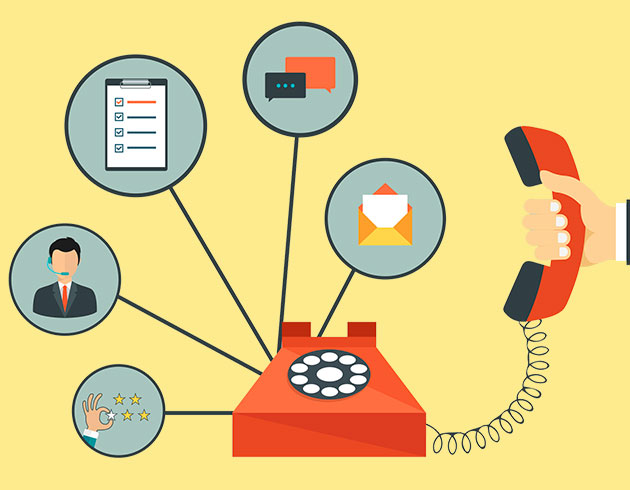“Human-centered” is one of the trends of product design that puts the user’s needs and desires at the forefront of the development process. It may sound strange that this is a “newish” concept. Weren’t products always designed for people?
Yes, but this design approach is less about how to count the cost of the parts and processes and more about “How will people use what we’re building? What will they enjoy? What will be frustrating to them?”
Human-centered is sort of a higher-level way of saying “user-friendly,” which is sort of a trendier way of saying “put the customer first.” It’s all about focusing on the person – the customer – who’s going to be buying and using said product.
Human-centered development can certainly be seen in the advances of smart technology for the home. Looking back, it was logical for a system developer to put a thermostat on the wall and quite reasonable to tell the customer, “There are some things you’ll need to do to change the setting.”
In that scenario, the homeowner adapted to the requirements of the system, and that’s just how it went.
Yet smart technology allowed developers to ask, “How do homeowners want to run their systems? What if they are dealing with the need to change settings at their home but they aren’t even in town? How can the smartphones that are in everyone’s pockets be used to make that happen?”
That’s human-centered – thinking about what the customer needs and wants instead of saying, “Hey, this is cool. Why don’t we see if someone wants to buy it?”
You can apply that same underlying customer-first principle to how you serve your customers day in and day out.
For example, what’s one of the long-time complaints that customers have when they are facing a problem with a product or service? “I can’t get anyone on the phone.” Maybe now it’s, “The website chat is down.” Or “No one’s responding to my text.” Or “I tweeted my complaint hoping they would see it.” Or “I posted a bad review.”
With human-centered customer service, you’re responsive to your customers wherever they reach out to you. That begins by recognizing the importance of being responsive, developing this value company-wide and creating policies, plans or procedures to ensure responsiveness.
Great service is more than the one-time response to a negative tweet. It’s an overall experience that keeps the customer’s best interests at heart. The result is important for your image, your customer retention and your bottom line.
According to a report from Hubspot and Helpscout, there are two approaches to selling to customers. One is transactional. This is bottom line stuff. It’s mainly about price, purchase and payment, and it’s easily done.
For many businesses (service stations, fast-food restaurants, drug stores, discount stores), the transactional business style works just fine. Customers get what they want and move on, and everybody is satisfied with the process.
The other approach is relational, and that’s where marketers would find a better fit. This is where you pay more attention to the customer experience. Do they see the value you are presenting in your offer? Are they satisfied with the repair or installation? What can you do to stay in touch and keep building this relationship? How can this relationship lead to future sales and referrals?
You take the time to answer their questions and follow up after the installation. You respond to their email, texts or posts. And you treat them as a real person and make that one of your top business priorities.

